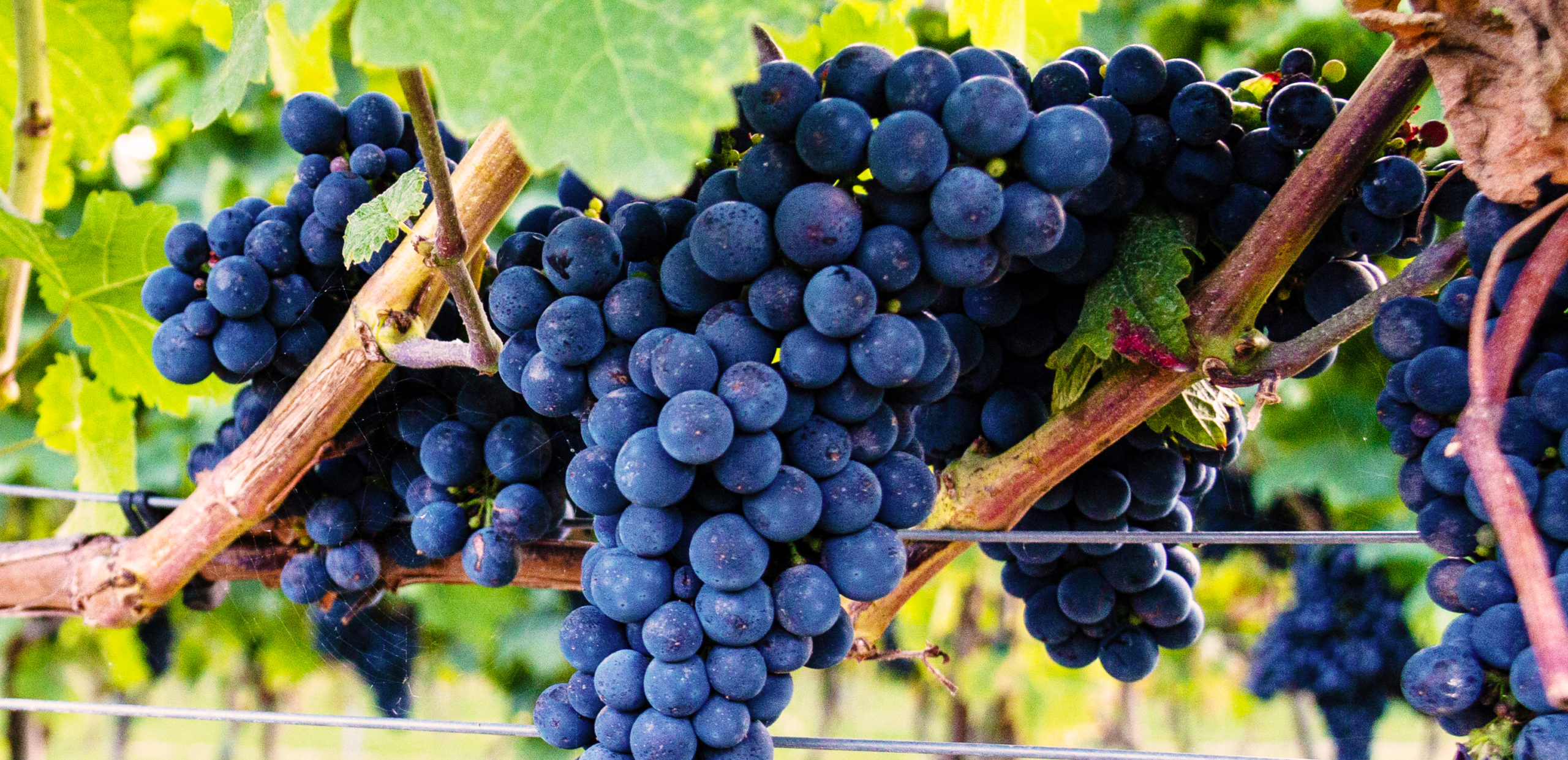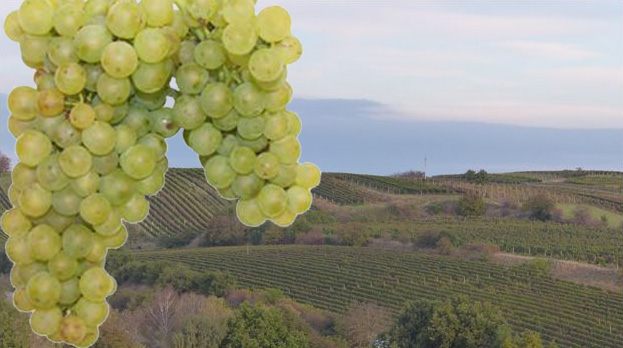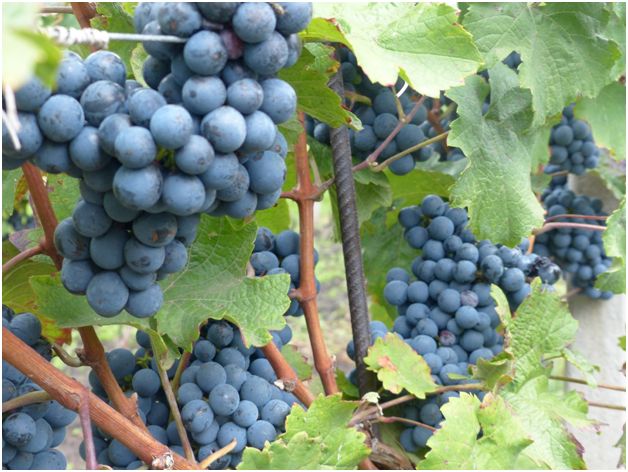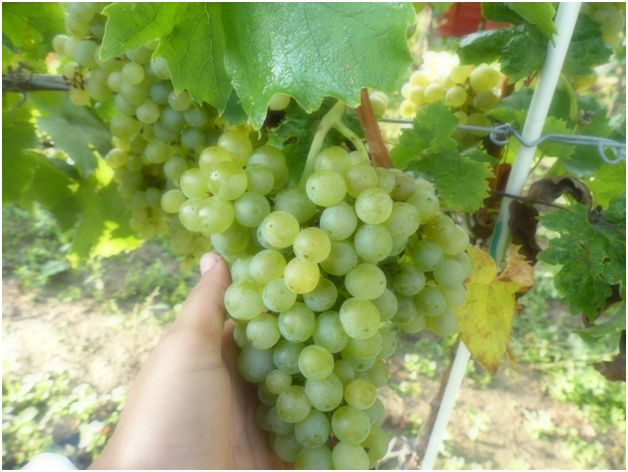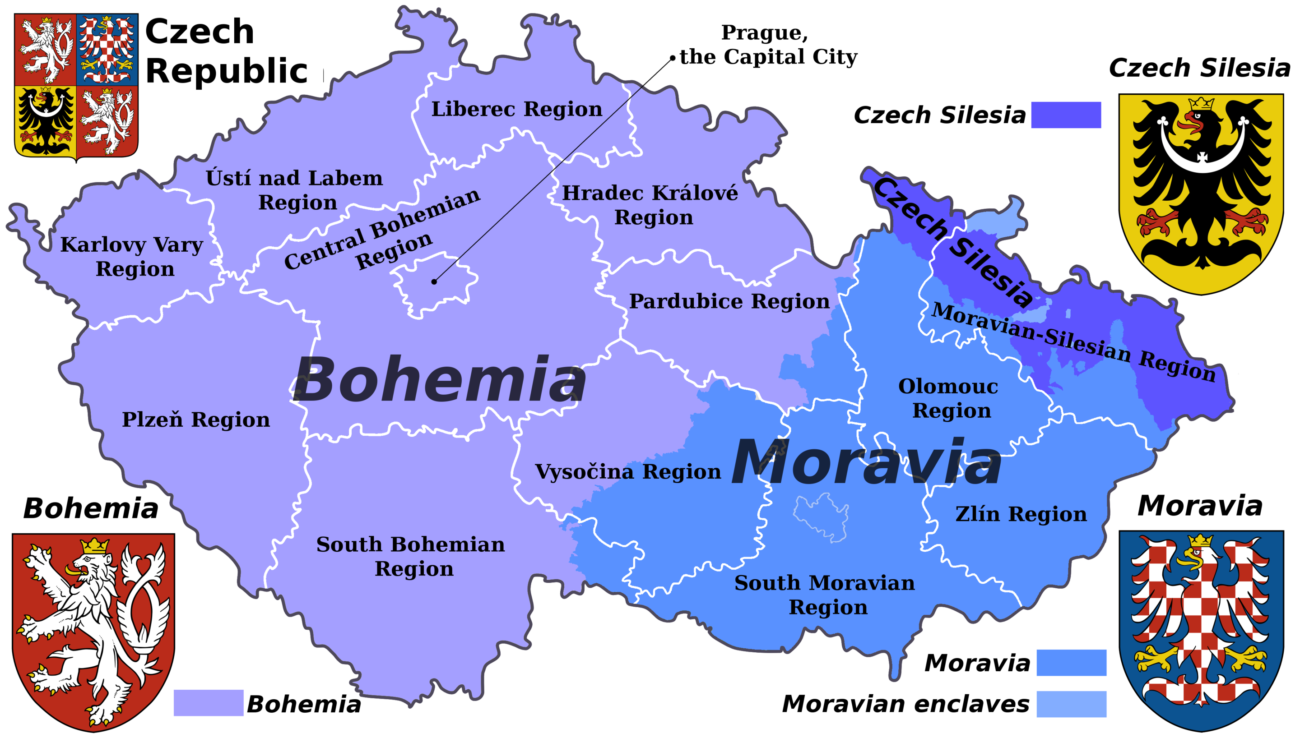By Veronika Wills
It is breathtakingly complex, it has a honey-like texture in the glass but once you catch the aroma, you will be intrigued to find out if the honey carries into the flavor as well. And it sure does. It consists of multiple layers of ripe forest fruits such as raspberries and strawberries, generously drizzled over with honey. When we sip on this wine, we feel instantly transported into Moravian meadows on a hot summery day where the grass is never cut and where the bees are perpetually busy buzzing. The extended finish, thanks to its pleasing acidity, will only underscore the most pleasant experience with this Rose.
Made from a selection of grapes by Spevak winery

How did Spevak winery make such a powerhouse of a Rose wine? The secret sauce of this wine is the grape variety from which it was made, 100% Cabernet Cortis.
Cortis is a rising star among modern varieties.
What is Cabernet Cortis? Think modern, think improvement, think sustainable farming. Cortis is a rising star among modern varieties. Technically speaking, Cortis is a hybrid grape (a product of crossbreeding of two or more Vitis species) of Cabernet Sauvignon x Solaris. Cortis was bred in the 80s at the Viticultural Institute in Freiburg, Germany, as part of a program of searching for disease-resistant grape varieties. These varieties are now referred to as PIWIs, the most promising grape varieties, which are the future of ecological wine farming. We will have a dedicated post on this exciting topic so stay tuned!
Over the many vintages that followed, Cortis demonstrated to have huge advantages during its growth cycle over its “father” Cabernet Sauvignon. It is early budding and early ripening, yet still yields deeply colored wines, with a beautifully balanced tannic structure and deep intensity. Just the way we like it in our Cabs. Additionally, Cortis is highly resistant to the dreaded disease pressures in the vineyard – downy mildew, and, as Frantisek Spevak explains in this video from within his own healthy-looking Cortis vineyards during the summer of 2014.
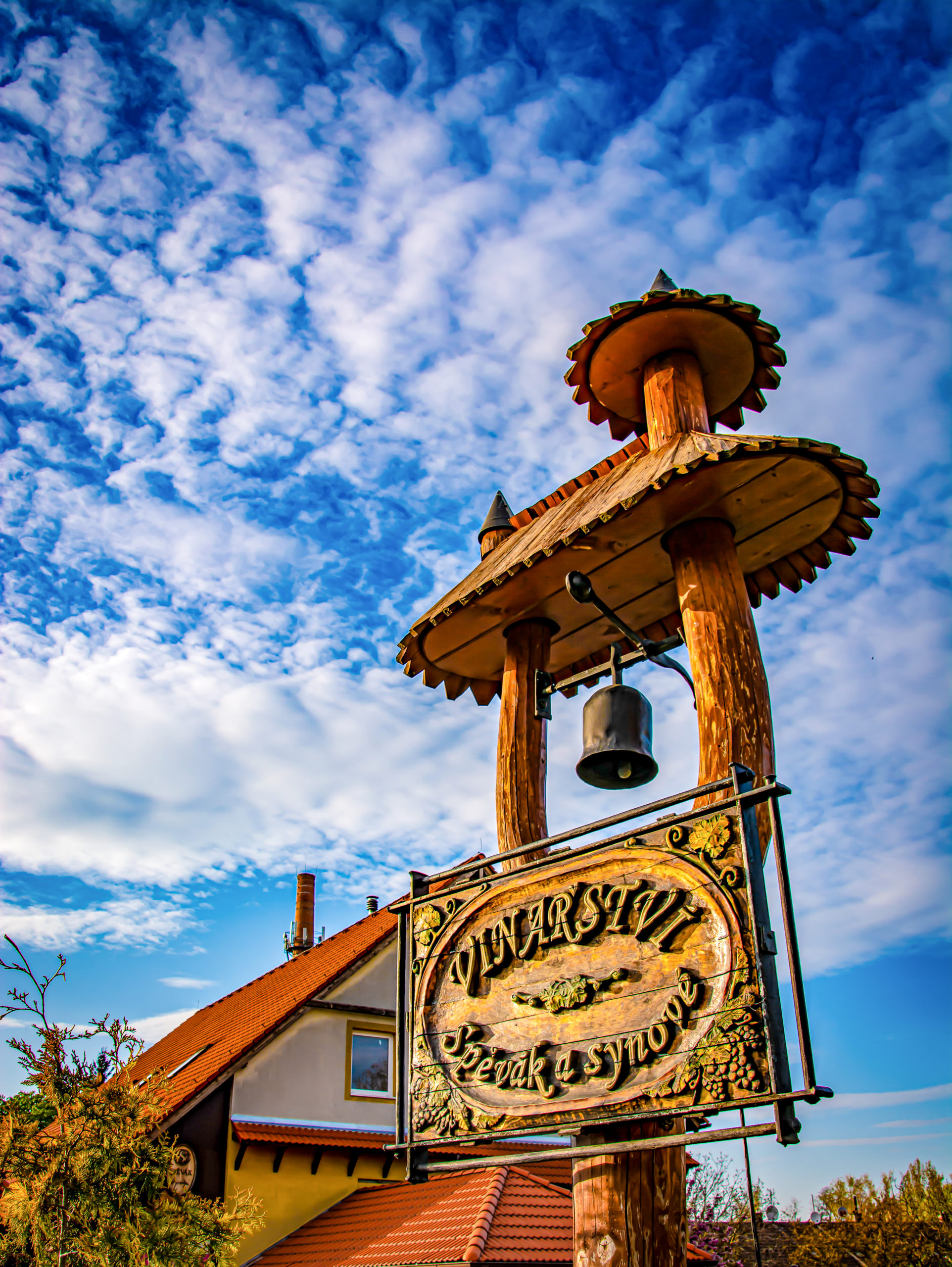
The 2018 was an excellent year
Cortis is also early-flowering, under really any condition, which takes only a few days. This means that is highly unlikely to suffer from yet another common hazard in the vineyard – coulure (flowering disrupted by rain causes the flowers to fail to fertilize, thus creating incomplete bunches). Thanks to these properties, Cortis vintages are consistent – in quality as well as in quantity.

The 2018 vintage was an excellent year for Moravian winemakers. The first half of the year was generous with unusually high rainfall which allowed the clay soils to create reserves of groundwater to carry the vineyards through the hot and dry summer months. July was exceptionally warm and allowed the Cortis grapes to reach 27 points of sugar already in mid-October.

Frantisek attending his plants
As all Spevak grapes, they were hand-harvested and hand-sorted in the wee hours of the morning to ensure their low temperature. They were then promptly transported down to the winery just a few miles away for an immediate gentle de-stemming and crushing the bunches. In general, quality Roses are made by allowing a short skin contact during fermentation. This is the time when the color, tannins, and polyphenols are released from the skins of the grapes into the juice, thus giving it its pinkish hue. But here is why this specific Rose is so innovative: Frantisek included a 6-hour pre-fermentation maceration of the must which took place under reductive conditions (no access to oxygen) followed by gentle pressing of the must to separate the juice from the skins. The juice then underwent a slow alcoholic fermentation for 3 weeks under highly controlled conditions (low temperature and reductive environment) in a stainless steel tank all intending to concentrate primary aromas and extract resulting in such a crowd-pleaser.

Technical data: Alcohol: 14% ABV, 6.1 g/mL acidity, 31.5 g/mL residual sugar
Discover Cabernet Cortis, a superior descendant of Cabernet Sauvignon.



